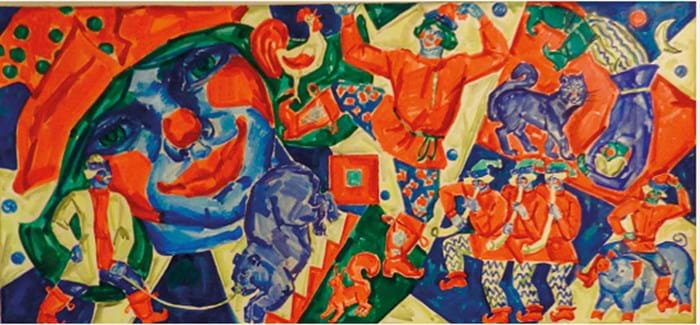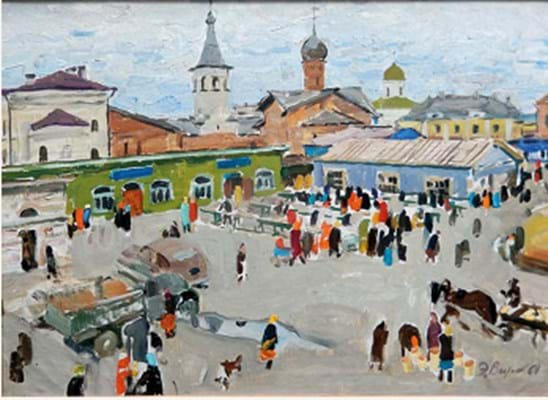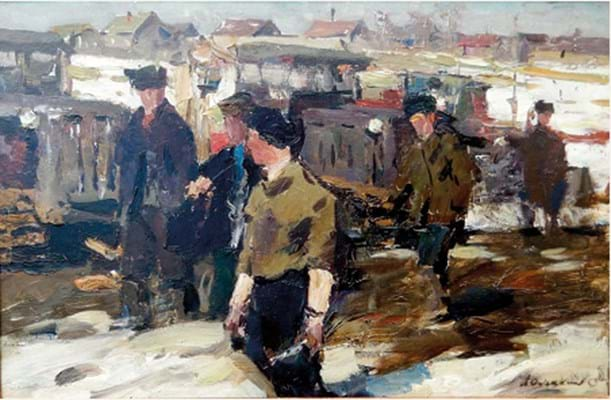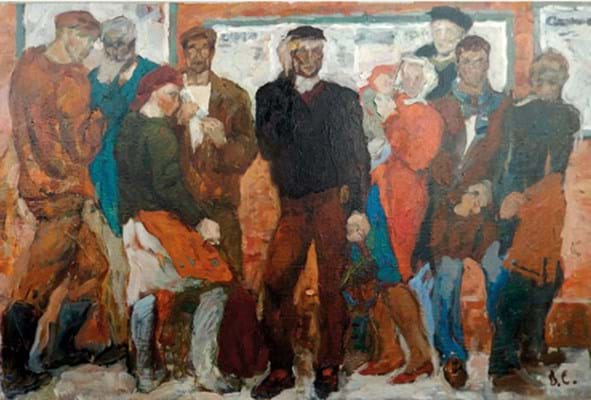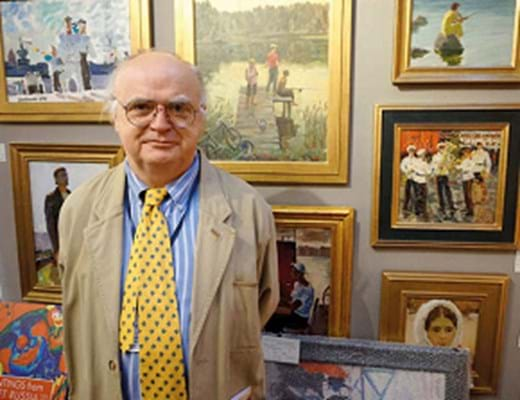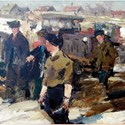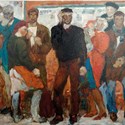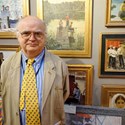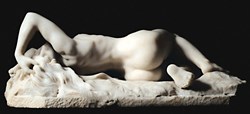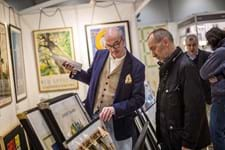AFTER the close of The Decorative Antiques & Textiles Fair last Sunday, many exhibitors looked forward to a few days’ welcome break, or at least a return to their daily routine – and deservedly so after the fair’s six-day run.
But that was not the case for John Barkes.
On January 29 he closed his stand at Battersea. On February 3, he launches his exhibition, Paintings from Soviet Russia, 1950-1980, in north London’s Highgate Gallery in this, the centenary year of the Russian Revolution.
Featuring around 50 works by more than 20 artists, the show is something different for the gallery, which typically features contemporary local artists. It also provides Barkes with the chance to showcase some of the larger works in his stock to a new audience.
At the moment, he says he doesn’t have many clients in that particular part of London, but “they asked me and I was brave enough to say yes”.
The gallery is part of the Highgate Literary & Scientific Institute and the exhibition runs until February 16.
System collapse
A reflective quality emerges in the works Barkes brings to the exhibition.
He started dealing in Soviet art in the early 1990s, and he attributes the size and strength of his collection to timing and “sheer luck”. When he was getting started in the field, following the collapse of the Soviet system, it was easy to fly from London to St Petersburg where many members of the artists’ unions were left without salaries.
There, he could “buy paintings as the city was falling down”, visiting artists’ studios and selecting works. Rather than the stiff, stateapproved formal works, he favoured the preparatory works and started building a collection of smaller, intimate pieces.
“The artists worked on commission for various institutions but they also painted life as it went on around them, and those are the works I’m most attracted to. They’re relaxed and immediate.”
It is these oil sketches and drawings that comprise his new exhibition.
There may have been little market for them when Barkes visited St Petersburg but today, at events such as the Battersea fair and the Highgate exhibition, the works are offered for prices between £400 and £4000.
Among the artists represented are Evgeni Kazmin, whose designs for mosaic and mural projects from the 1960s and ’70s will fill one wall of the exhibition, and Valentina Savelieva and Edvard Vyrzhikovski.
Rediscovered gems
Adding to the reflective quality of the exhibition is the place where Barkes found – or rather, rediscovered – the works for the show: his storerooms.
There, on a recent visit, he reacquainted himself with a large swathe of the Socialist Realist works he had collected and set aside during the years since he started specialising in these works.
But it is thanks to, rather than despite, the time he spent away from these pieces that made him feel they are ready for market now.
“There were some I hadn’t forgotten but which I thought I sold years ago and one or two pleasant surprises,” he says. “I knew where other pieces were, but now, looking at them 10 years later I understand them better.”
And, he adds with a laugh, “one or two nightmares” which he should never have bought in the first place.
Visitors with a particular interest in the history will have the chance to learn more at a ticketed lecture on Socialist Realism given at the gallery on February 5 by Dr Elizaveta Butakova, visiting lecturer at the Courtauld, and Barkes.
“It’s exciting,” Barkes says. “I can’t predict how many clients will come or what will sell. But there’s an aspect of creativity in putting these exhibitions together, and I think as long as you can stand in front of it and feel proud, it’s a success.”


